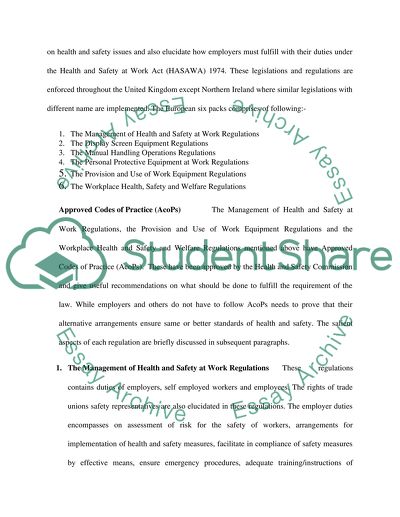Cite this document
(“Construction Health & Safety Policy at Work Act 1974 Essay - 1”, n.d.)
Retrieved from https://studentshare.org/social-science/1420418-health-safety-and-risk-assessment
Retrieved from https://studentshare.org/social-science/1420418-health-safety-and-risk-assessment
(Construction Health & Safety Policy at Work Act 1974 Essay - 1)
https://studentshare.org/social-science/1420418-health-safety-and-risk-assessment.
https://studentshare.org/social-science/1420418-health-safety-and-risk-assessment.
“Construction Health & Safety Policy at Work Act 1974 Essay - 1”, n.d. https://studentshare.org/social-science/1420418-health-safety-and-risk-assessment.


